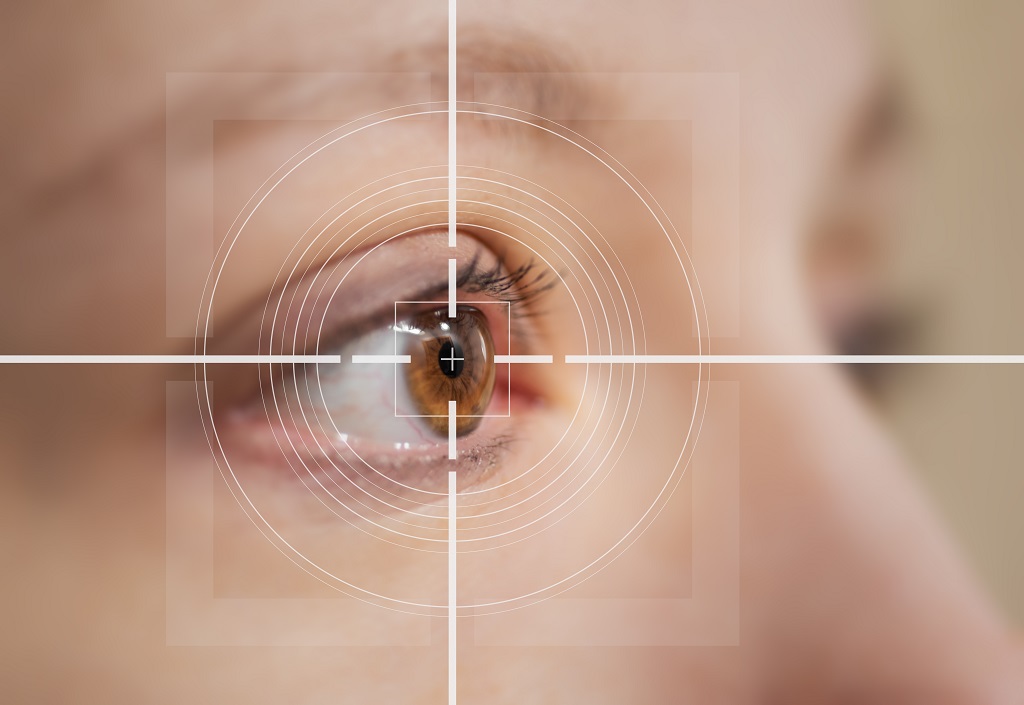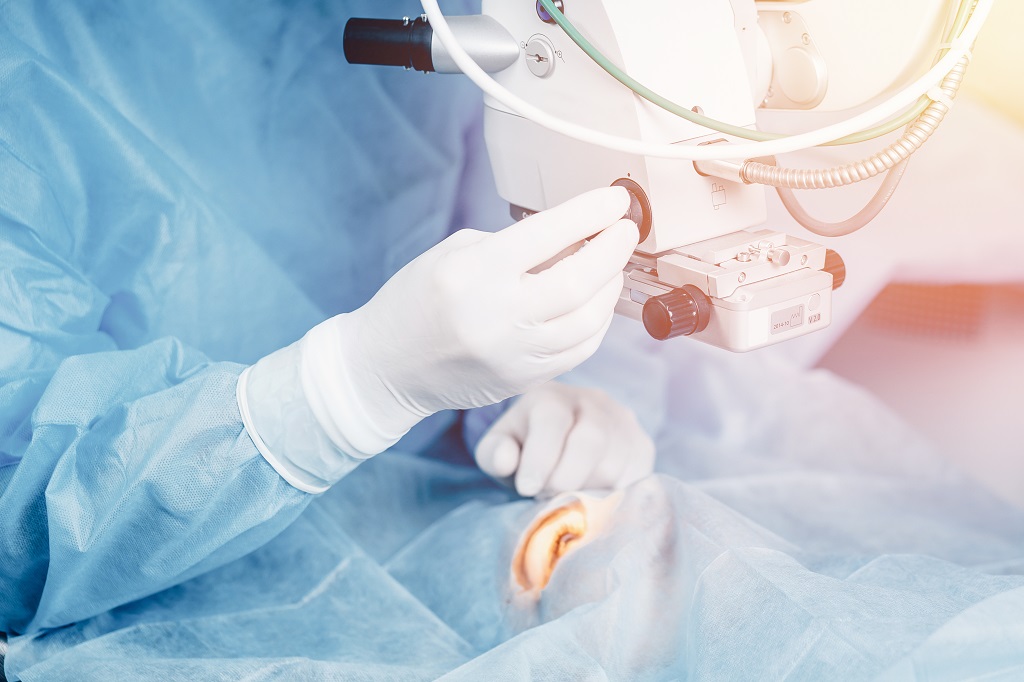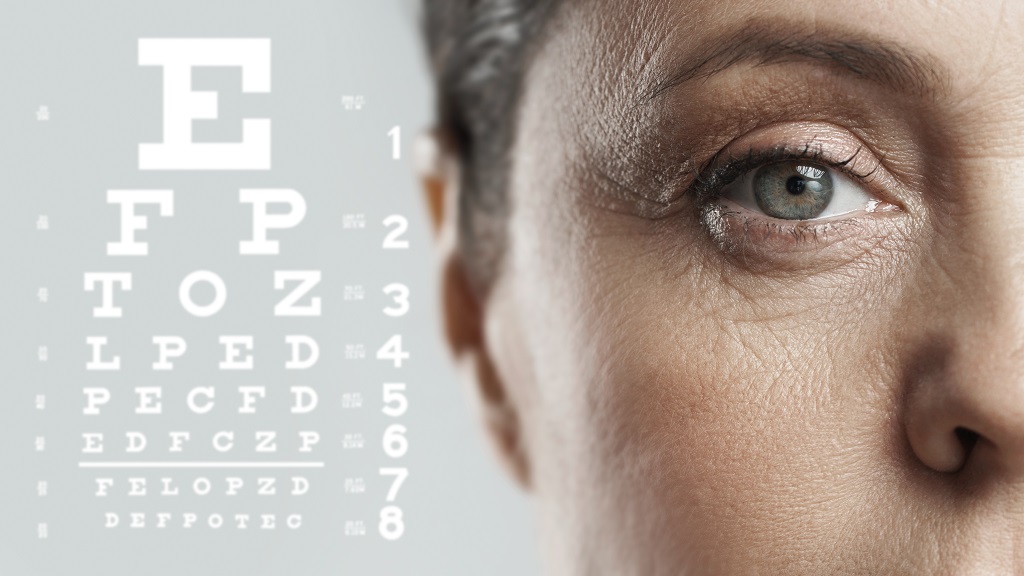
Modern innovations in eye health and technology give you more options to improve your vision than ever before. However, the sheer number of options can sometimes feel overwhelming for individuals who have grown tired of contact lenses and eyeglasses and are instead considering vision-correcting procedures.
When considering SMILE vs. LASIK, no general information can replace the personalized recommendations of your eye surgeon. However, an understanding of the nature of individual procedures can help you make this important decision confidently.
One of the newest vision-correcting procedures available to patients is the ReLEx® SMILE surgery. In this blog, we explain this process as well as how SMILE eye surgery compares to other common procedures like LASIK.
LASIK is an acronym for Laser-Assisted In-situ Keratomileusis. LASIK is perhaps the best-known vision correction surgery. In fact, many individuals use the term LASIK to refer to all types of correction surgery. LASIK can be considered the treatment that popularized laser vision correction. It remains the most common option because it addresses the most widespread range of vision issues.
LASIK has been used to correct vision since 1995 when it was first approved by the FDA. The procedure consists of the surgeon making a circular incision in the cornea, approximately 10 clock hours in circumference with a femtosecond laser.

Any and all surgical procedures have potential risks and side effects. Refractive surgery is no different. LASIK, SMILE, and PRK are considered extremely safe and effective. Each procedure has undergone rigorous and lengthy FDA multi-site clinical trials to validate its efficacy and safety. The ongoing safety of these procedures is of utmost importance to all Discover Vision Center team members. LASIK requires two lasers to complete the procedure: One to create the flap (femtosecond laser) and one to reshape the cornea (excimer laser). Because of this, there can be flap-related complications. Although rare, this can include wrinkling or striae of the flap, early postoperative inflammation, irregular astigmatism, scarring, and short or long-term dry eye symptoms. The good news is flap related complications can be managed with treatments if they do occur. Experienced surgeons such as Dr. Doane and Dr. Jackson have extremely low complication rates due to their experience and fellowship training in refractive surgery.
As you may have guessed, SMILE surgery doesn’t have anything to do with your mouth. SMILE stands for Small Incision Lenticule Extraction. SMILE was first developed as a concept in the year 2000. For it to come to clinical use it required the development of a complex laser specifically for the SMILE procedure. Dr. Doane and the refractive team at Discover Vision Centers were one of 5 sites to be involved in the FDA clinical trials for SMILE approval and have been involved in all studies since 2012. SMILE was first offered commercially at Discover Vision Centers in 2016 following successful FDA approval. Dr. Doane performed the first SMILE procedures in the US East of the Rocky Mountains in 2012.
During SMILE treatment, a surgeon uses a specialized VisuMax femtosecond laser to create a lens-shaped piece of tissue called a lenticule, inside the cornea. A small incision of 2 clock hours is created to remove the lenticule. Lenticule removal can be used to reshape the cornea for the treatment of nearsightedness and astigmatism.
Many patients assume that the newest eye surgery will offer them the best results, while others worry that newer procedures are riskier. In reality, different procedures address different vision issues and suit different patient needs.
This variety in surgery capability is why older procedures like PRK are still used despite recent innovations like SMILE. LASIK and PRK have an incredibly high bar of success. So for any procedure to even be considered it has to reach this same high bar and the good news is that SMILE can achieve the same visual success.
SMILE is a good choice for many patients, but not for every person seeking long-term vision correction. Here’s how SMILE stacks up against some of the alternatives. The visual outcomes of SMILE, LASIK, and PRK are equivalent long term. Early on PRK has a slower recovery as the surface heals. LASIK has a larger incision (10 clock hours) versus SMILE (2 clock hours). The smaller incision requires less healing, and studies have shown a shorter duration of dryness if it were to occur after surgery. The fact that there is no flap with SMILE means there are no flap-associated issues or concerns. SMILE, LASIK, and PRK can treat nearsightedness and astigmatism. SMILE does not, at present, treat farsightedness, but LASIK and PRK do. Studies have also shown in comparison to LASIK that SMILE has slightly better biomechanical advantages.
Importantly, refractive surgeons have several procedures available to answer differing situations and will counsel patients as to what they believe is the best option for a given situation.
SMILE at present does not treat farsightedness. Studies are being done for farsightedness but they are not complete at this point in time. SMILE does treat a large range of nearsightedness and astigmatism. Initially, visual recovery for SMILE was faster than PRK but slower than LASIK. Over the last several years with advances SMILE visual recovery is essentially equal to LASIK at one day postoperative. Eye discomfort or pain during the procedure is minimal to none for LASIK or SMILE. Most patients will rate discomfort in the first four hours after surgery less with SMILE than LASIK. By four hours out almost all patients with SMILE will have a legal driving vision.

At Discover Vision Centers, we believe that every patient should have the best procedure utilizing the best technology, without price being a deciding factor. We do not upsell or charge more for one procedure versus another. The cost of SMILE, LASIK, and PRK are the same, based on the amount of correction needed. We do not want you to make a decision on whether you can have one procedure versus another based on cost. We simply want the best procedure to be performed for each individual. Financing is available through CareCredit. Medical Savings accounts such as FSAs or HSAs are highly encouraged so that you can use tax-free dollars to pay for vision correction surgery. Some insurance plans may have discounts or reduced fees for refractive surgery. Ask our team for more information on how to make LASIK, SMILE, and PRK affordable.

Photorefractive keratectomy (PRK) is considered the first generation of vision correcting surgery. In fact, LASIK is a direct descendant of the PRK procedure that developed approximately two years after PRK became available to patients.
PRK is often referred to as a surface ablation procedure. More simply put, PRK involves the removal of the epithelial or skin layer of the cornea followed by reshaping of the underlying tissue. LASIK and SMILE leave the epithelial layer intact and remove tissue deeper within the cornea. The reshaping of the cornea with PRK and LASIK is done with the same laser, EXCIMER.
As you consider your vision correction options, use the information in this blog to determine if you should discuss ReLEx SMILE with your eye health provider or opt for an alternative. Your ideal vision-correcting procedure will provide you with the best possible results for your lifestyle with as little downtime and inconvenience as possible.
For state-of-the-art eye surgery, including PRK, LASIK, and SMILE, trust the experts at Discover Vision Centers. Schedule a consultation, in-office or virtual, to determine which option is right for you.

At Discover Vision Centers, we believe that every patient should have the best procedure utilizing the best technology, without price being a deciding factor. We do not upsell or charge more for one procedure versus another. The cost of SMILE, LASIK, and PRK are the same, based on the amount of correction needed. We do not want you to make a decision on whether you can have one procedure versus another based on cost. We simply want the best procedure to be performed for each individual. Financing is available through CareCredit. Medical Savings accounts such as FSAs or HSAs are highly encouraged so that you can use tax-free dollars to pay for vision correction surgery. Some insurance plans may have discounts or reduced fees for refractive surgery. Ask our team for more information on how to make LASIK, SMILE, and PRK affordable.

Photorefractive keratectomy (PRK) is considered the first generation of vision correcting surgery. In fact, LASIK is a direct descendant of the PRK procedure that developed approximately two years after PRK became available to patients.
PRK is often referred to as a surface ablation procedure. More simply put, PRK involves the removal of the epithelial or skin layer of the cornea followed by reshaping of the underlying tissue. LASIK and SMILE leave the epithelial layer intact and remove tissue deeper within the cornea. The reshaping of the cornea with PRK and LASIK is done with the same laser, EXCIMER.
As you consider your vision correction options, use the information in this blog to determine if you should discuss ReLEx SMILE with your eye health provider or opt for an alternative. Your ideal vision-correcting procedure will provide you with the best possible results for your lifestyle with as little downtime and inconvenience as possible.
For state-of-the-art eye surgery, including PRK, LASIK, and SMILE, trust the experts at Discover Vision Centers. Schedule a consultation, in-office or virtual, to determine which option is right for you.

At Discover Vision Centers, we believe that every patient should have the best procedure utilizing the best technology, without price being a deciding factor. We do not upsell or charge more for one procedure versus another. The cost of SMILE, LASIK, and PRK are the same, based on the amount of correction needed. We do not want you to make a decision on whether you can have one procedure versus another based on cost. We simply want the best procedure to be performed for each individual. Financing is available through CareCredit. Medical Savings accounts such as FSAs or HSAs are highly encouraged so that you can use tax-free dollars to pay for vision correction surgery. Some insurance plans may have discounts or reduced fees for refractive surgery. Ask our team for more information on how to make LASIK, SMILE, and PRK affordable.

Photorefractive keratectomy (PRK) is considered the first generation of vision correcting surgery. In fact, LASIK is a direct descendant of the PRK procedure that developed approximately two years after PRK became available to patients.
PRK is often referred to as a surface ablation procedure. More simply put, PRK involves the removal of the epithelial or skin layer of the cornea followed by reshaping of the underlying tissue. LASIK and SMILE leave the epithelial layer intact and remove tissue deeper within the cornea. The reshaping of the cornea with PRK and LASIK is done with the same laser, EXCIMER.
As you consider your vision correction options, use the information in this blog to determine if you should discuss ReLEx SMILE with your eye health provider or opt for an alternative. Your ideal vision-correcting procedure will provide you with the best possible results for your lifestyle with as little downtime and inconvenience as possible.
For state-of-the-art eye surgery, including PRK, LASIK, and SMILE, trust the experts at Discover Vision Centers. Schedule a consultation, in-office or virtual, to determine which option is right for you.